This February we are championing London’s rich and diverse art scene as the city cultivates an exciting pool of burgeoning artists all while celebrating and conserving centuries-old work.
While a short and albeit gloomy month, February brings joy in the creative industry with anticipated exhibitions featuring celebrated names such as Yoko Ono, Irving Penn, and John Singer Sargent as well as introducing newer, modern artists to the blossoming scene at independent galleries such as Lisson Gallery and The Blewcoat School.
From the canonical to the contemporary, here are the top exhibitions to visit in London this February.
The largest UK exhibition of the pioneering musician, artist, innovator and world-peace activist Yoko Ono has arrived at London’s prestigious Tate Modern. Spanning over six decades of the now 90-year-old’s multi-dimensional career, over 200 of the artist’s works from installations, films, music, and photography fill the Thames-side gallery. These pieces journey from the mid-1950s to the present day, consequently covering Yoko Ono’s growth as a public figure as well as an artist, including the influence, both positive and pejorative, her famous husband John Lennon had on her treatment by the press. Curated in close conversation with Yoko Ono’s own studio, no medium of the pioneer’s multi-faceted work is left unhung. Flitting between Tokyo, New York, and London, each city where Yoko Ono impressed on (and was impressed by) the budding art scenes, her work is presented as a lyrical and political medley of culture, time, and form. We see her conceptual art of the swinging sixties, interestingly including her banned film No. 4 (Bottoms) from 1966-1967, the Fluxus group, her public protests against the Vietnam War, feminist activism through music, and ‘instruction pieces’. These are written instructions commanding readers and viewers to imagine or perform experiences for themselves in order to complete certain artworks. This includes Add Colour (Refugee Boat) where visitors are invited to paint the white gallery walls and a white rowing boat to spark conversations over our modern refugee crises.
The exhibition is collaborative rather than passive and as witty as it is philosophical, bound to leave a lasting impression.
“When I think of the concept of our aliveness, I am drawn to how Black artists transmit it … Destination? The universe.” – Bernardine Evaristo
Twenty-two contemporary artists repaint and re-sculpt the shape and positioning of the Black figure in modern art at the National Portrait Gallery’s latest exhibition. The Time is Always Now: Artists Reframe the Black Figure creates artistic worlds where both presence and absence of subjects are weighted. The exhibition has a prestigious lineup, featuring work from the past twenty years by Michael Armitage, Claudette Johnson, Njideka Akunyili Crosby, Lubaina Himid, and Wangechi Mutu among many others. Portraiture, painting, and sculptor each portray new ways of seeing and being seen by these African diaspora artists. Colour is celebrated in all its tones and hues and subjects are vibrant in each painting. Curated by British writer and journalist Ekow Eshun, expect powerful statements and a richness of life to cherish.
The accompanying exhibition catalogue, The Time is Always Now: Artists Reframe the Black Figure by Ekow Eshun includes contributing essays from Bernadine Evaristo, Esi Edugyan and Professor Dorothy Price and is available to purchase at the gift shop. Alongside the exhibition at the National Portrait Gallery, you’ll find a wider programme of talks, workshops, performances and events exploring the histories of London’s Black lesbian community, inviting guests to explore their histories through collage making.
Famous for their direct address and bold slogans, Barabara Kruger’s art is impossible to shy away from, especially at the large-scale immersive installation arriving at London’s light-filled Serpentine Gallery. Thinking of You. I Mean Me. I Mean You is Kruger’s first solo exhibition in London in over 20 years and will feature the artist’s most iconic artworks innovatively reconfigured as videos. For maximum impact, soundscapes and banners outside the dedicated exhibition space as well as immersive, wraparound screens accompany the contemporary collage pieces. Highlights include the commercial caricature of Decartes’ famous “I think therefore I am” with Untitled (I shop therefore I am) and Untitled (Your body is a battleground), each with powerful mantras authored in her signature Futura Bold Oblique or Helvetica Ultra Condensed Text fonts.
The golden age of photography saw fashion campaigns by Irving Penn, portraits by Richard Avedon and photojournalism by Sir Don McCullin but uniquely, silver had a central role in the making of this era. Before digital photography, silver was crucial to all photographic printing techniques because it was less complex and quicker to use in the film developmental process. The precious metal also increased the tonal range and clarity of prints, establishing it as a revolutionary material for the striking, high-contrast black and white images curated by these seminal photographers. This exhibition heroes silver’s invisible but essential role. Expect key players in fashion’s canonical visual portfolio including Hiro’s ‘Four-Sided Dress’ for Balenciaga and ‘Harlequin Dress’ by Irving Penn. So, head down to the independent Hamiltons Gallery for a dose of twentieth century glamour hung alongside harsh industrial realism.
Art does not, and has never, existed in a vacuum. Yet it is usually hung and curated in galleries this way. And the Royal Academy’s Entangled Pasts: Art, Colonialism and Change proves just that. No longer in separate exhibition spaces, 100 major contemporary and historic works spanning from 1768 to the present are placed in direct conversation with one another by the Royal Academy. The silent yet violent maritime seascapes of romantic painter J.W. Turner – full of war and hints to colonial endeavour – can be found next to the dynamic pieces by Dame Sonia Dawn Boyce who explores the relationship between sound and memory. Also on show is OBE-awarded Guyana-born Sir Frank Bowing’s abstract paintings and their sensual use of colour, and film installations by Isaac Julien CBE. The foregrounding of these British artworks by leading artists of the African, Caribbean and South Asian diasporas allow their work to be seen crystal clear, no longer distorted or hidden by art’s white gaze.
Born in Florence to American parents, artist John Singer Sargent (1856-1925) paints with the accuracy of Victorian realism fused with the thick brushstrokes of Italian impressionism. Maybe best known amongst London gallery-goers for his effervescent paintings in the permanent collections of the Tate and National Gallery, sixty of his portrait paintings will now be hung in London’s Tate Britain, in collaboration with the Museum of Fine Arts in Boston for the next few months. The exhibition highlights how Sargent’s sartorial choices were as precise and as considered as the subjects he chose to paint, and were rich in profession, gender, and status symbolism. Textures of the fabrics of clothes often hold more detail than the socialite subjects’ faces while light is used to enhance shape and structure. The sixty paintings, including rare loans from the respective galleries, are accompanied by a dozen dresses and accessories from the period to add a tangible layer to the Victorian fashion parade.
London is not only the home to canonical paintings and world-renowned works but is also the birthplace for artists set to shape the future of the industry. Lisson Gallery’s upcoming exhibition Accordion Fields highlights London’s reputation as a city where budding artistic talent is found and nurtured. Spanning both of the gallery’s west London spaces, eight leading contemporary artists display a selection of their works, each sharing in common (in one way or another) the city they credit for their learnings: London. Thirty years of the capital’s socio-political pressures and endeavours can be traced in the paintings on display, whether through contemporary portraiture, temporal landscapes or abstract paintings. Forming part of the prestigious lineup is Sarah Cunningham, who works at night to create Freudian-scapes reminiscent of dreams, Pam Evelyn whose colour-clad canvases echo Abstract Expressionism, and Elinor Stanley who paints figurative subjects from unexpected perspectives. One worth stopping by for.
Lisson Gallery also has spaces in New York, Los Angeles, Shanghai, and Beijing, and is a global haven for over sixty international contemporary artists including painters, sculptors, and performance artists.
Colour, colour, and more colour signifies the pioneer of pop art, Andy Warhol. Not many pieces of twentieth century art are as widely recognised and re-printed as Warhol’s Campbell’s Soup Cans, his images have become a franchise themselves. This February, Halcyon Gallery moves ‘Beyond The Brand’ to throw into light once more the art vs commerce contention that defines Warhol’s work. The exhibition highlights the intricacies and detail in his Ads Portfolio, including the rich symbolism in the commercial artworks, whether silkscreens or screenprints, that cleverly predates the brands the art seems to advertise, as well as the personal and cultural significance of these brands. Halcyon Gallery also looks at how these works were made, whether traditional painting on canvas or commercial methods of printing.
Travelling across centuries and countries, The Fabric of Democracy traces the printed propaganda textiles from the French Revolution to Brexit and how social change can be read through the fabrics. Curated by fashion historian, author and broadcaster Amber Butchart, the exhibition covers everything from the mechanisation of textile printing techniques to the symbolism of the prints themselves. The exhibition also looks at how the body wore these propaganda fashions, and the politics of this outward, yet silent form of activism. Textiles are sourced from Britain, America, Italy, Germany, Japan, China, and Austria, rarely before exhibited in the UK.
Break up the grey skies of February with the warm art of Heath Wae, where sensory building of soft colour palettes layer light and abstract shapes into the canvases. The Melbourne-born multidisciplinary artist paints with a delicate lyricism, where each of his works uphold a serenity and timelessness. For his paint, he sources hand-foraged, processed and ground pigments for earthy finishes. Starting late February and then running for five weeks, the paintings will be housed in Grade I listed building The Blewcoat School, the first physical home of interior and architecture brand Sister by Studio Ashby. Heirloom pieces, vintage finds and bespoke designs from mid-century inspired chairs, mohair throws, and Henry Holland Studio lamps can be purchased here while browsing the artworks. The ‘Gallery in Residence’ will be available to visit by appointment. Heath Wae’s work is also on display at The Dot Project, an art space supporting emerging and mid-career contemporary artists in Gloucestershire.
Lead image: Yoko Ono with Half-A-Room 1967 from HALF-A-WIND SHOW, Lisson Gallery, London, 1967. Photo © Clay Perry
We may earn a commission if you buy something from any affiliate links on our site.

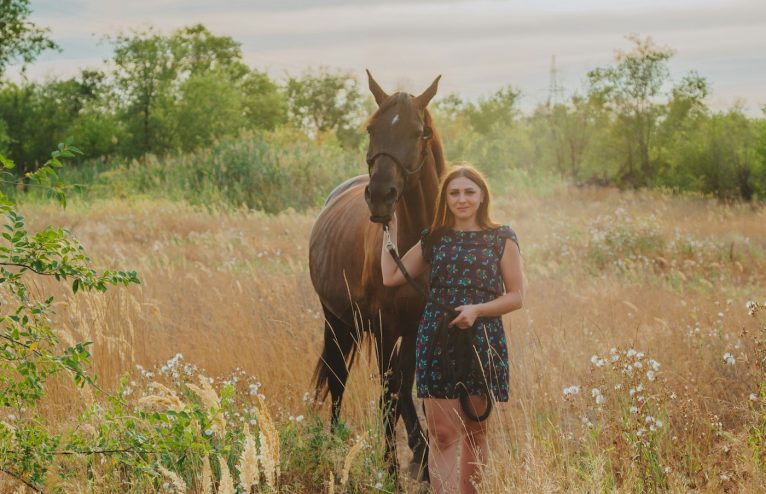
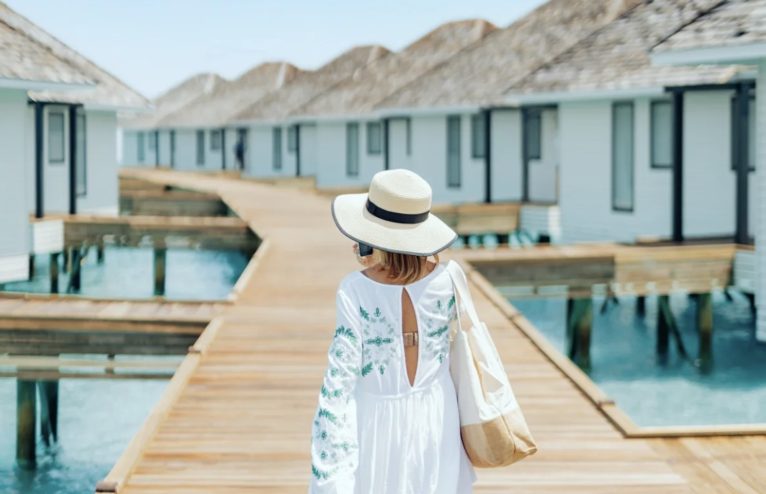

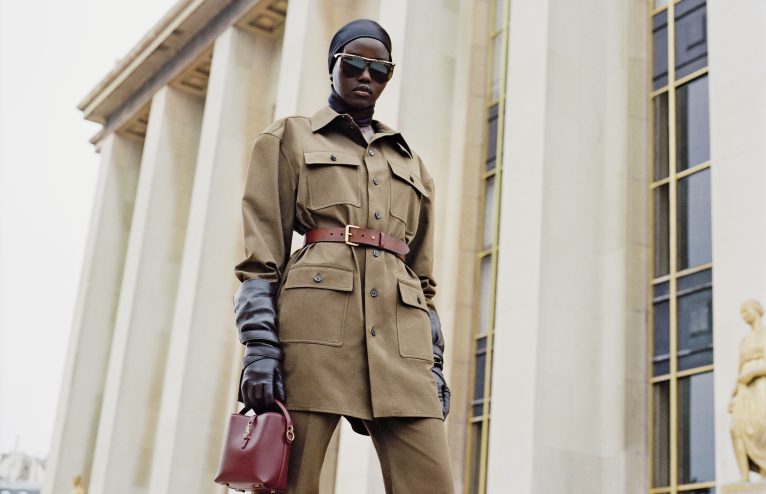

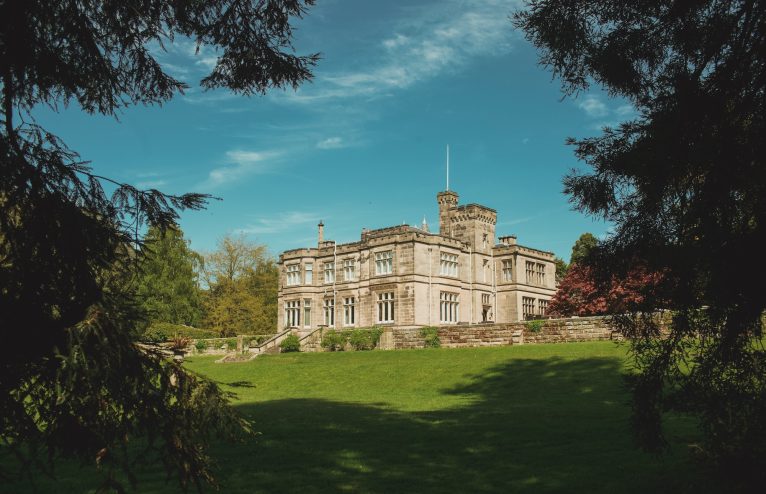
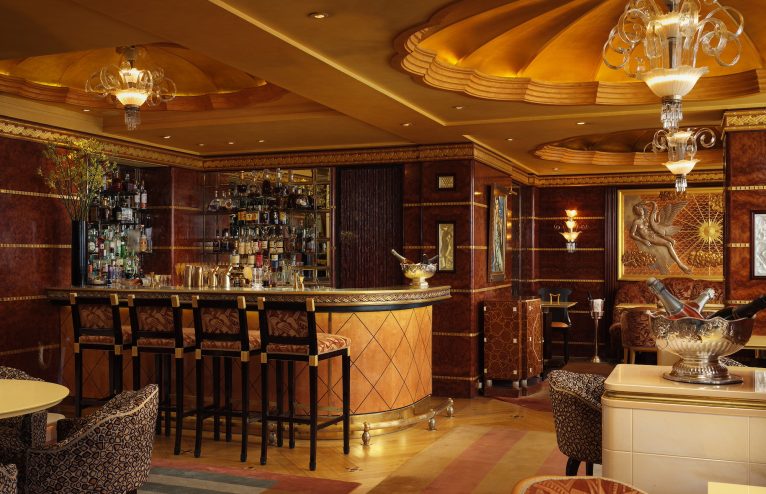
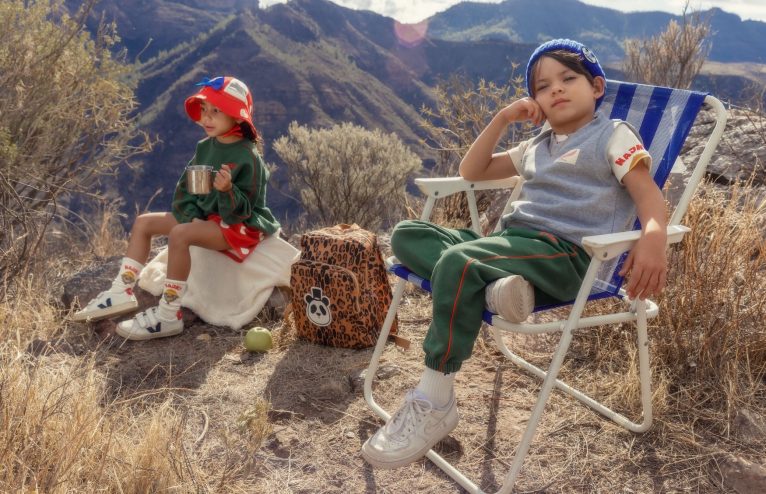






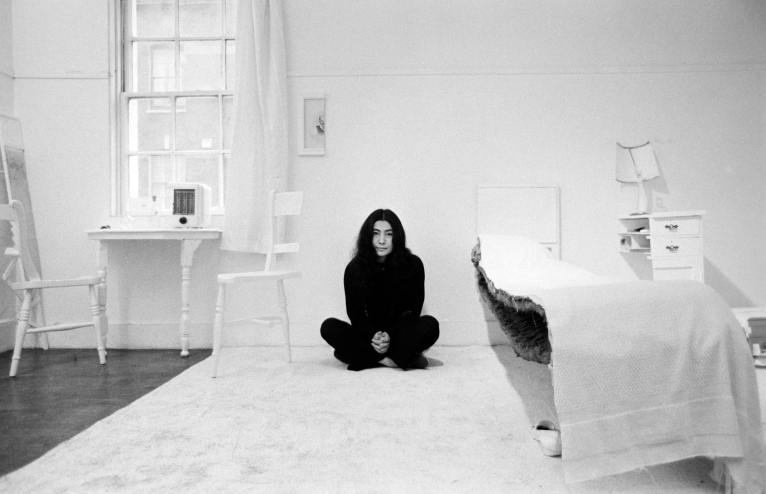



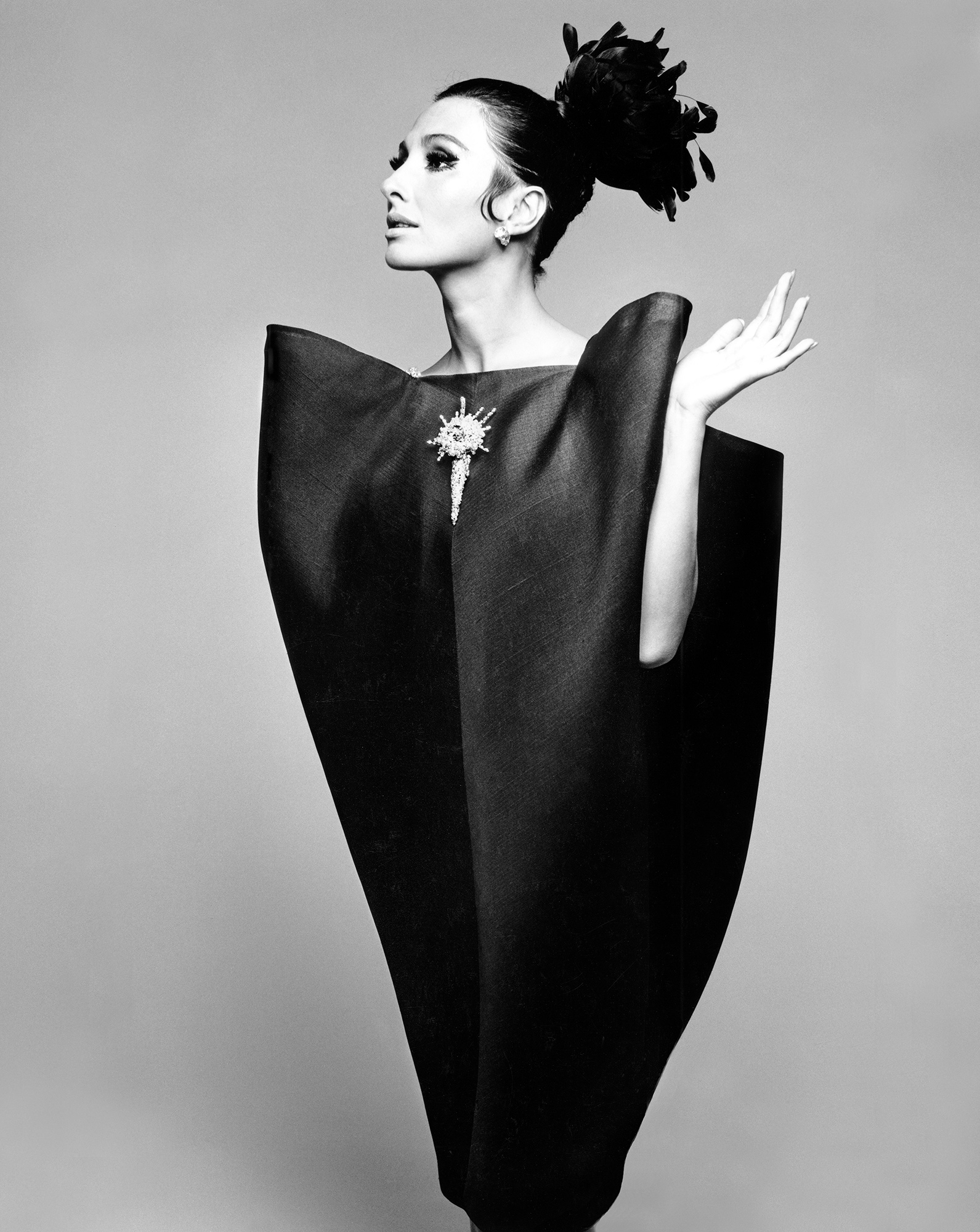
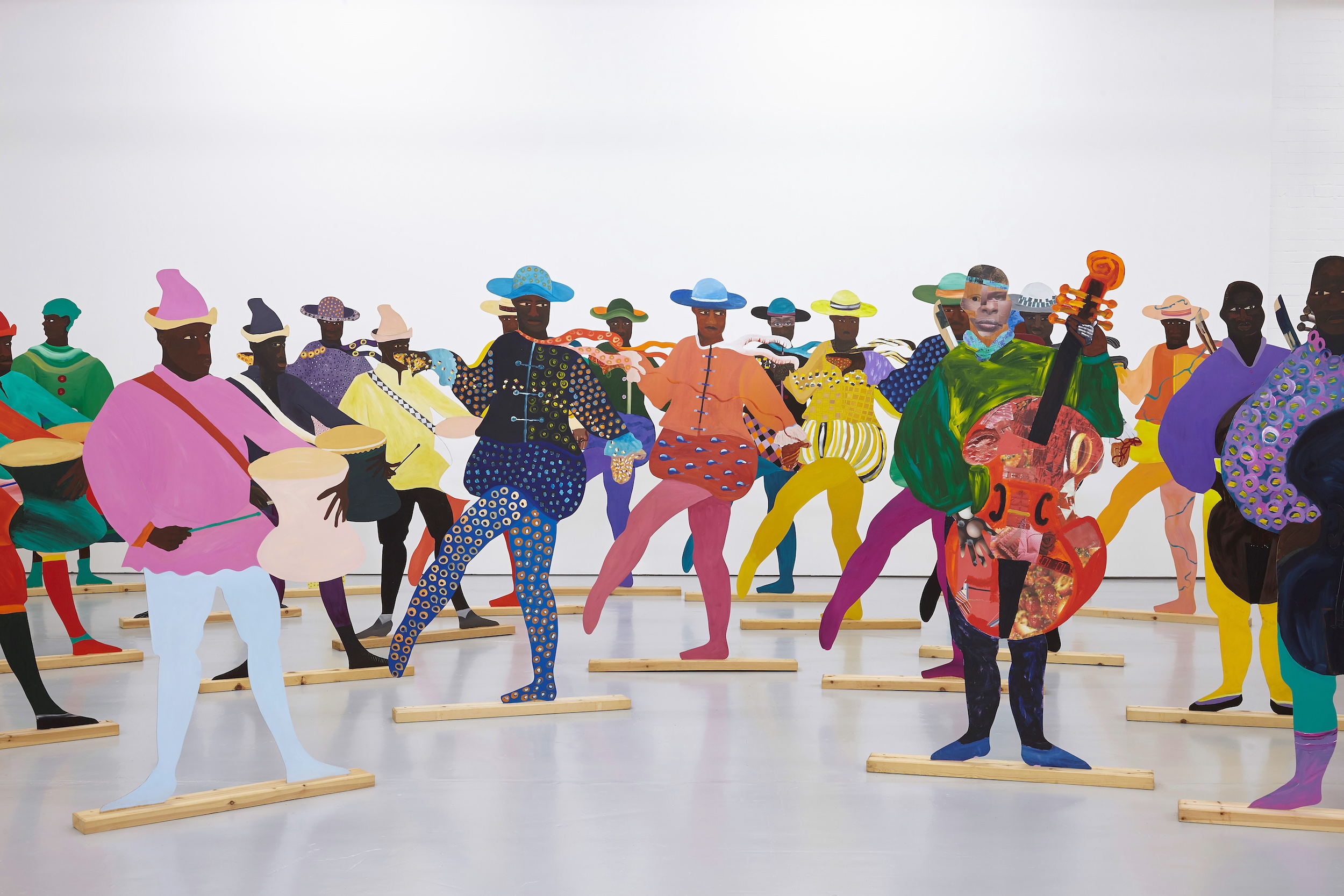
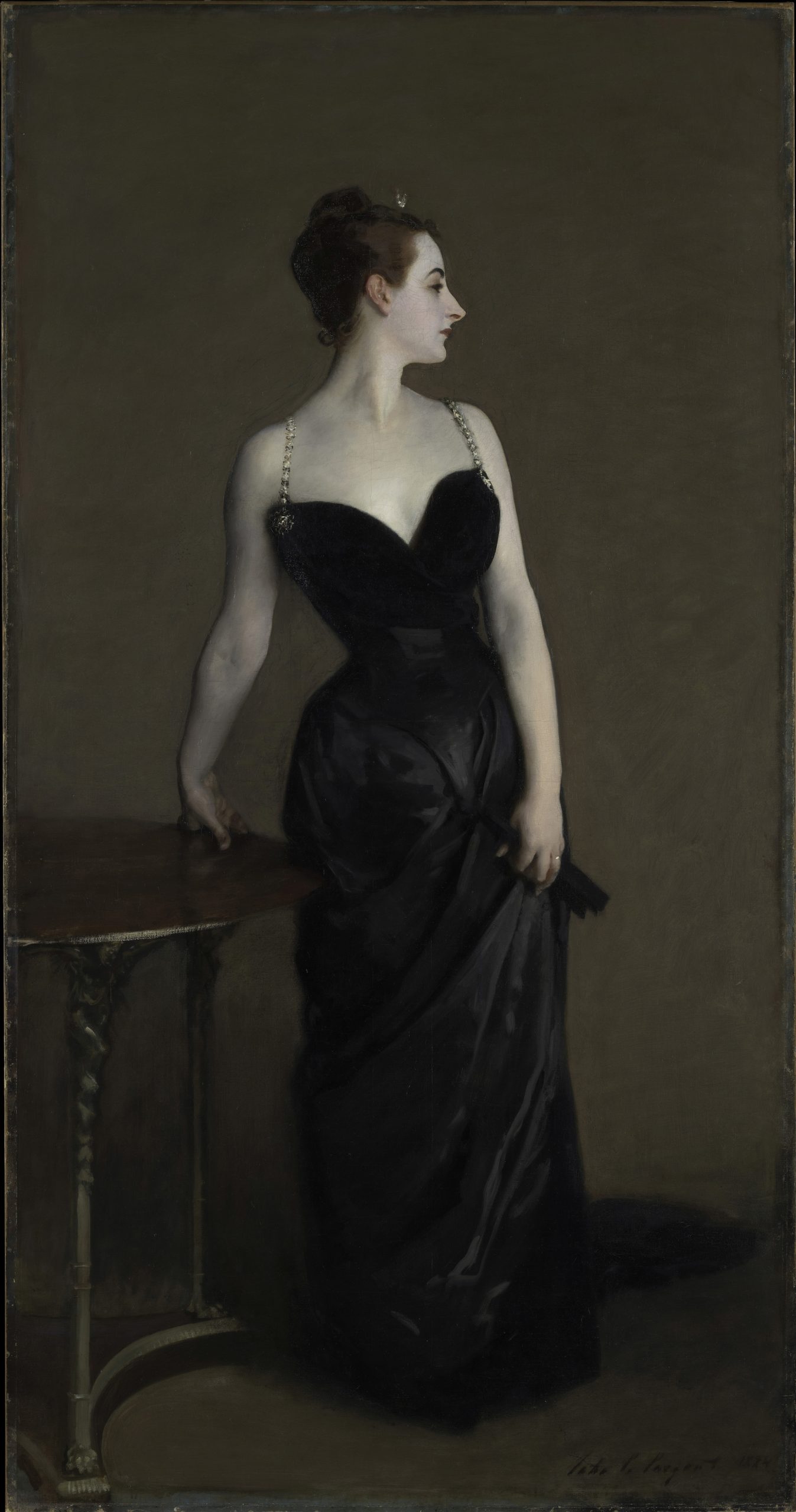
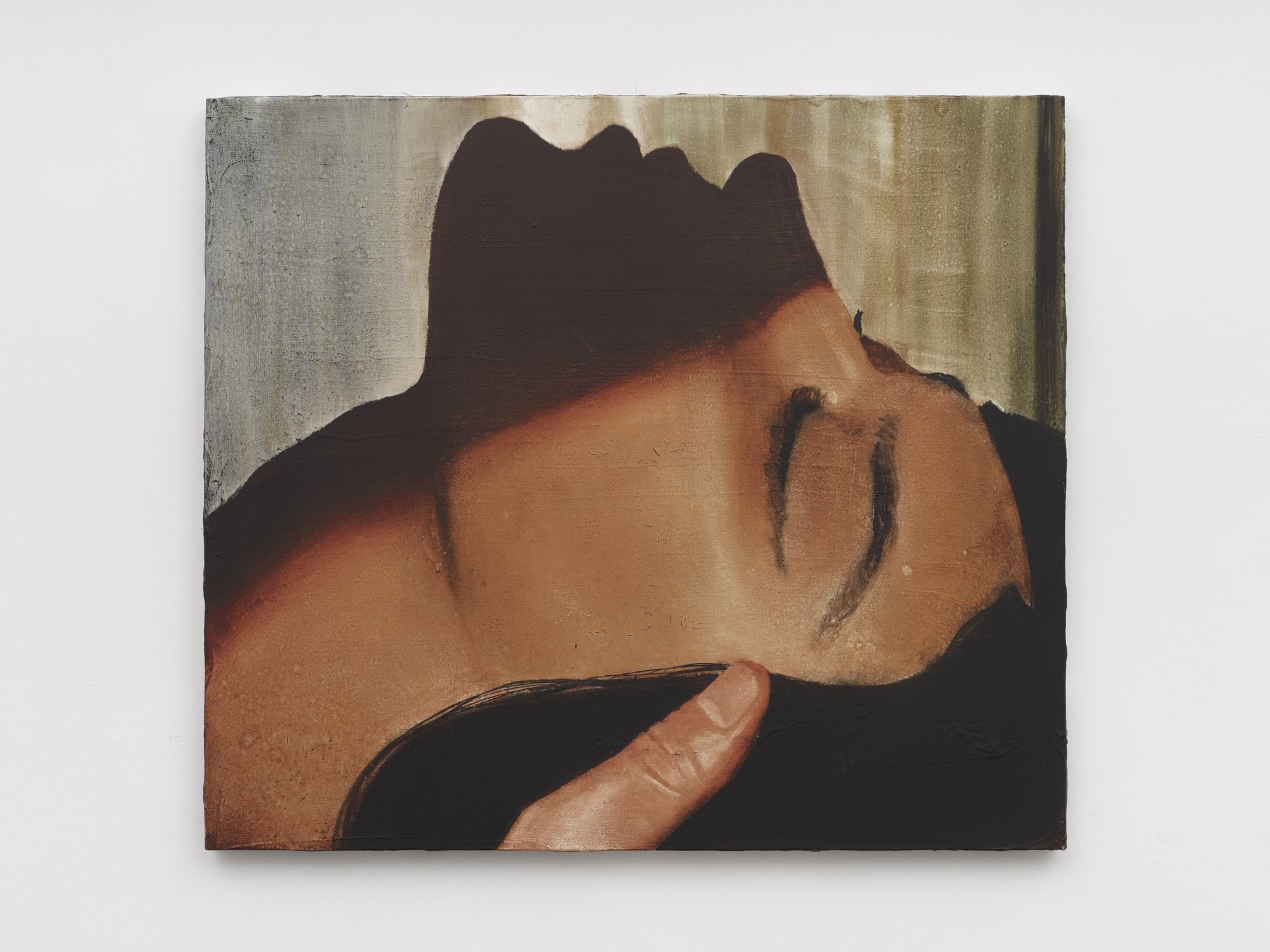


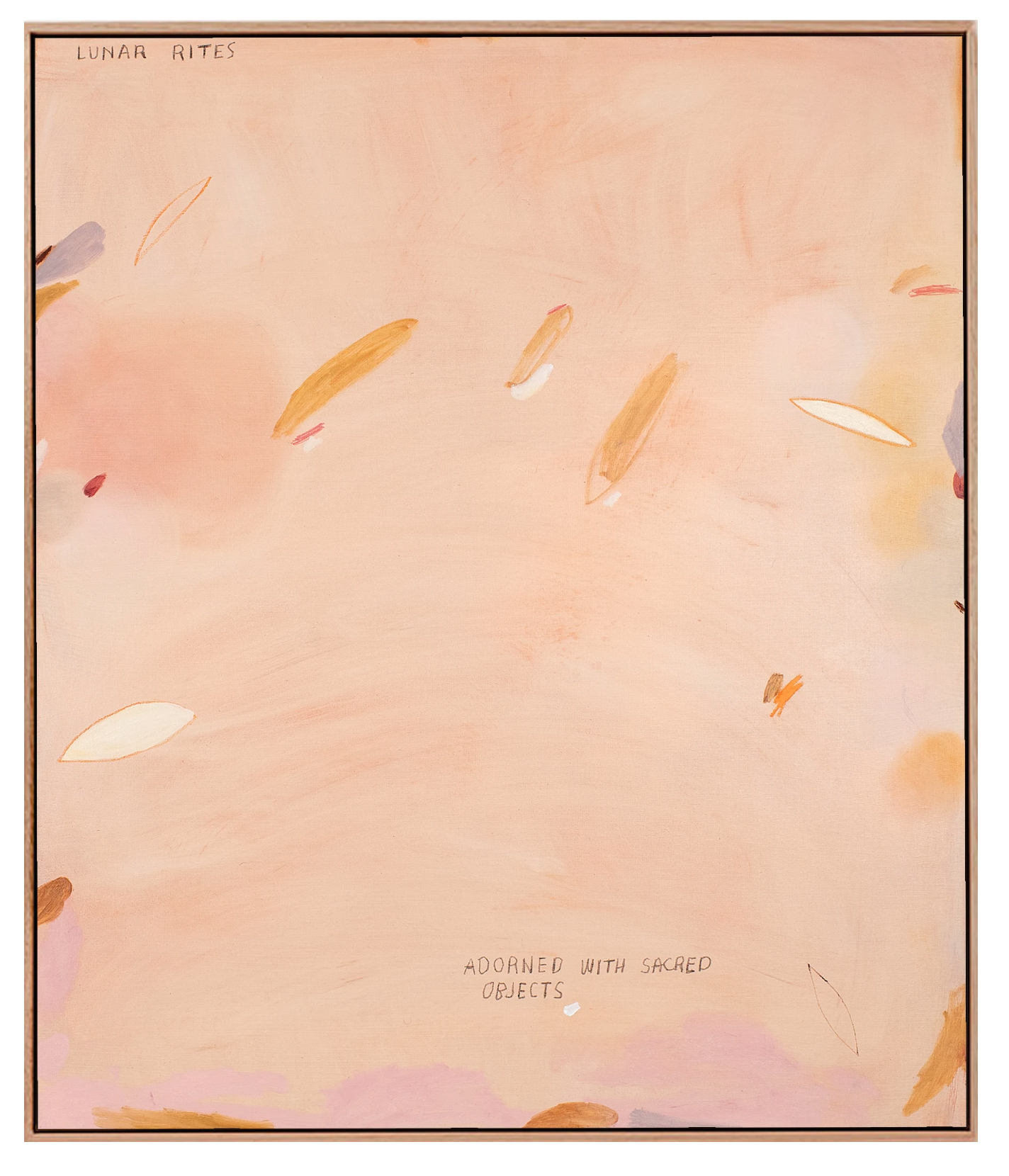
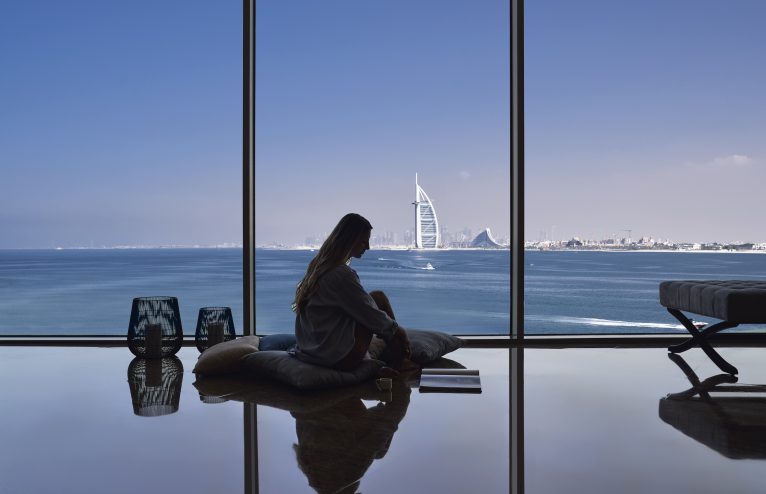
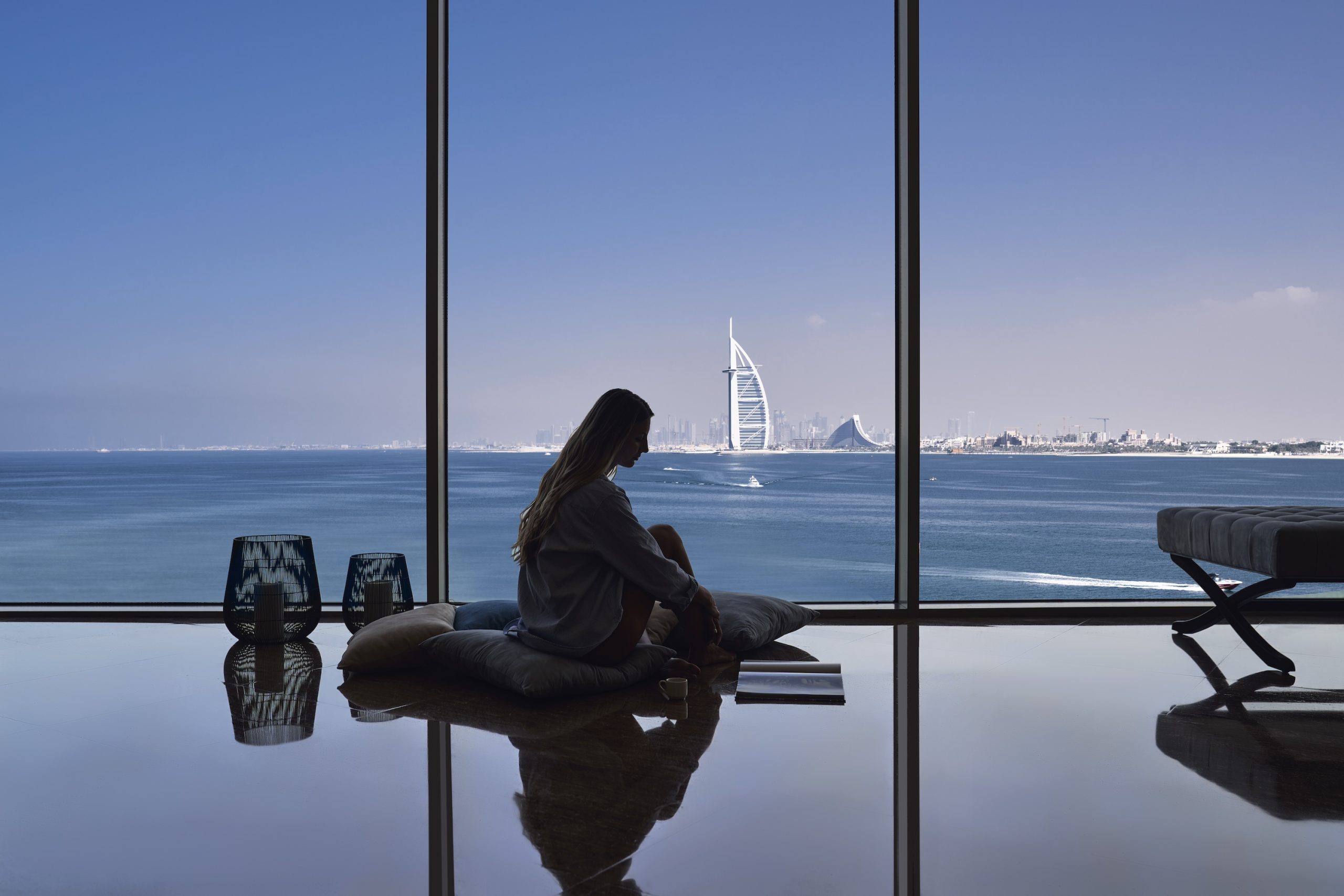
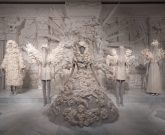


Any Questions or Tips to add?